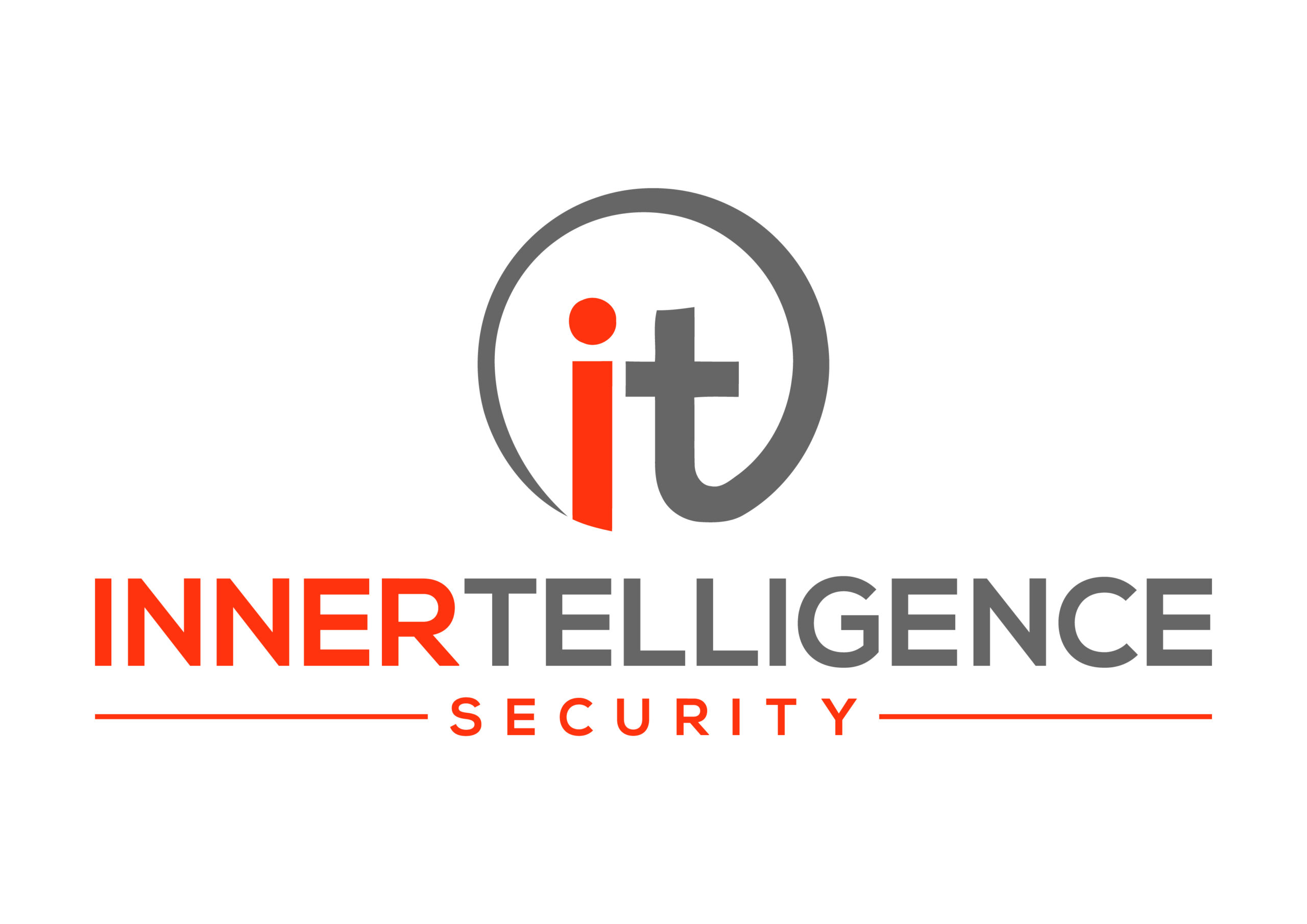Ensuring your CCTV system is effective and up to standard is critical for maintaining security in any building. Below is a comprehensive checklist to evaluate whether your current CCTV system meets your security needs.
1. Assess Coverage and Camera Placement
- Do all critical areas have adequate coverage?
- Verify that entry/exit points, hallways, parking lots, and high-risk areas (e.g., server rooms or cash handling zones) are monitored.
- Are there any blind spots?
- Conduct a walkthrough of the premises to identify gaps in coverage.
- Are cameras positioned at appropriate angles?
- Ensure cameras are mounted to capture clear and unobstructed views of their intended areas.
2. Check Video Quality
- Is the resolution sufficient?
- A minimum of 1080p (Full HD) resolution is recommended for clear identification of people and objects.
- Does the system perform well in low light or at night?
- Test for features like infrared (IR) or low-light performance to ensure visibility in dark conditions.
- Are images clear and free from distortion?
- Blurred or grainy footage compromises security. Review recordings for clarity.
3. Evaluate Storage and Retention Capabilities
- Is there sufficient storage capacity?
- Confirm that the system can retain footage for the required duration (e.g., 30 days or as mandated by your local council regs).
- Does the system use efficient storage formats?
- Ensure the use of H.265 or H.264 compression technology to maximize storage without sacrificing quality.
- Is footage backed up securely?
- Check if critical recordings are backed up to the cloud or a secure offsite location.
4. Test Connectivity and Remote Access
- Can you access live and recorded footage remotely?
- Test remote access features to ensure functionality via mobile apps or web interfaces.
- Is the system integrated with other security features?
- Verify compatibility with alarms, access control systems, or monitoring services.
- Is the network connection stable?
- Ensure a robust connection to prevent outages or lags during critical moments.
5. Evaluate Security and Privacy
- Is the system protected against unauthorized access?
- Confirm that strong passwords, two-factor authentication, and firmware updates are implemented.
- Does the system comply with local privacy regulations?
- Ensure cameras do not violate laws regarding public surveillance or data protection.
6. Assess Maintenance and Upgradability
- Are cameras and equipment regularly maintained?
- Check for physical damage, lens cleanliness, and proper wiring during routine inspections.
- Is the system scalable for future needs?
- Determine if additional cameras or features can be added as your security requirements evolve.
- Is your system outdated?
- Consider upgrading if your equipment is older than 7-10 years or lacks modern features like AI analytics.
7. Verify Recording and Playback Features
- Does the system provide easy-to-use playback controls?
- Confirm that footage can be searched and reviewed quickly during investigations.
- Are timestamps accurate and reliable?
- Ensure recorded footage includes accurate timestamps for legal or audit purposes.
- Does the system offer event-based recording?
- Check if the system supports motion detection or event-triggered recording to save storage and increase efficiency.
8. Test for System Reliability
- Does the system work during power outages?
- Verify the presence of backup power sources like UPS systems or batteries.
- Is the system resistant to tampering?
- Ensure cameras are securely mounted and cables are hidden to deter vandalism.
- Is the footage secure from data loss?
- Confirm that the system has safeguards against accidental deletions or hardware failures.
Final Steps
- Audit Footage Quality Periodically: Regularly review recorded footage to ensure the system consistently performs as expected.
- Consult a Professional: If you identify significant gaps, consult with a security expert to assess the need for upgrades or replacements.
- Document Findings and Actions: Maintain records of system evaluations, maintenance, and any updates performed to stay organized and compliant.
By methodically assessing your CCTV system using this checklist, you can identify whether your current setup adequately meets your security requirements or requires adjustments to ensure optimal performance.
If you are unsure, the best practice would be to book a maintenance and survey report with your Security Provider.
Contact us if you are unsure and we will do our best to guide you.
